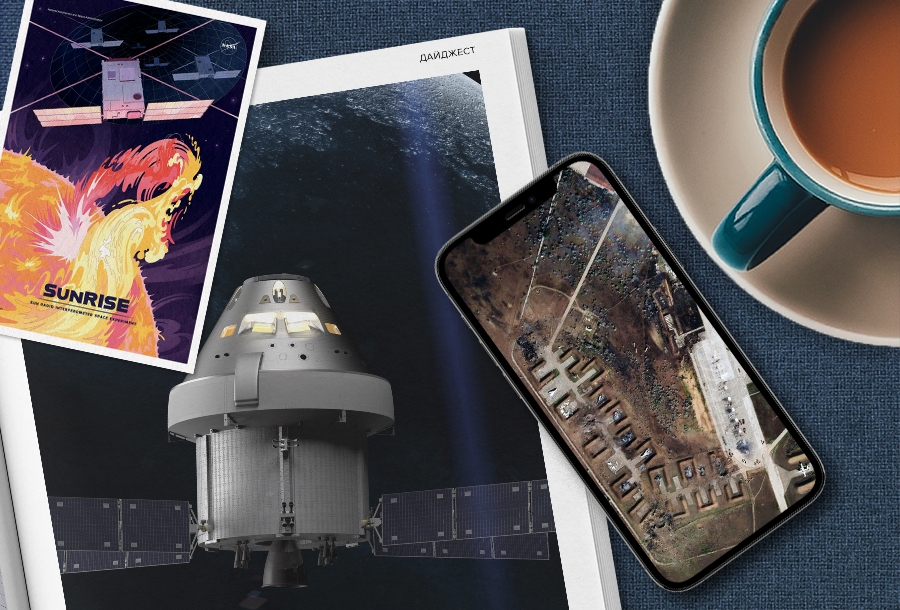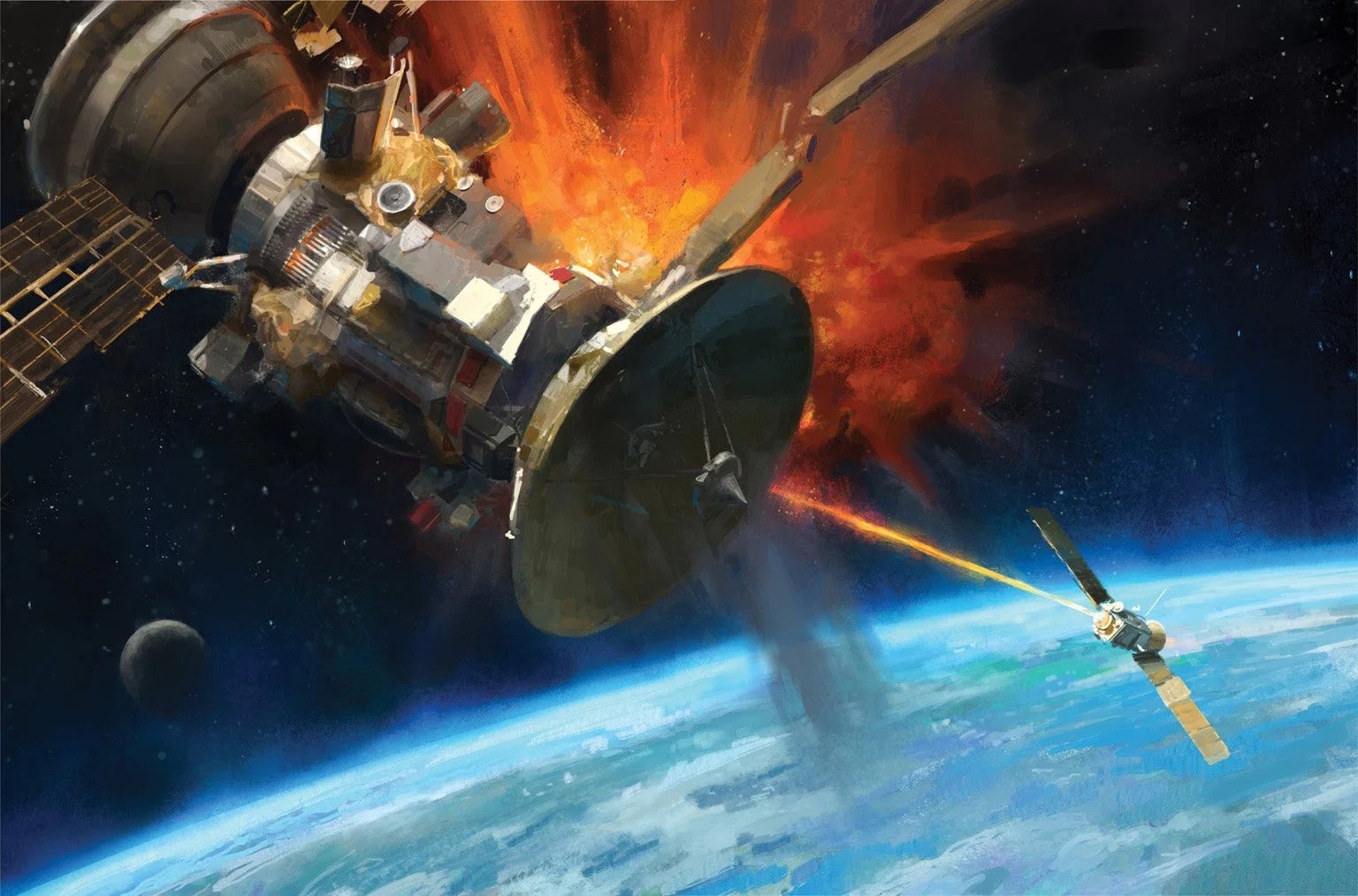Selection of the most interesting space news for the week: The Earth has begun to accelerate record-breaking, the Orion spacecraft is ready to go to the Moon, and we are talking about how to destroy a satellite in orbit.

“The cosmos is within us. We are made of star-stuff. We are a way for the universe to know itself”.
Carl Sagan
Enthusiast created a working copy of the SpaceX Falcon 9 rocket
Rocket-maker Joe Barnard realized his long-standing dream – the creation of a model that would sit vertically on its own for subsequent reuse. After seven years of careful trial and error, the enthusiast was finally able to assemble a small copy of the famous SpaceX Falcon 9 rocket, which successfully took off and landed.
Orion recognized as ready to fly to the Moon
Specialists of the Space Center named after Kennedy was recognized as ready to launch the Orion spacecraft. It will go into space as part of the Artemis I mission, the implementation of which is scheduled for the end of August. Together with it, a flotilla of ten cubesats will go into space, designed to perform various tasks — from monitoring space weather to studying near-Earth asteroids.
First SunRISE satellite rolled off the production line
NASA has completed the construction of the first of six SunRISE mission satellites. The SunRISE project involves the creation of a huge virtual radio telescope designed to monitor dangerous space weather phenomena. The constellation will consist of six small devices based on the Cubesat (6U) platform. They will be placed into a geosynchronous orbit located at a distance of 36 thousand km from Earth and then deployed into a formation with a distance of 10 km between neighboring satellites.
Starlink survived a flurry of approaches to the wreckage of a satellite shot down by Russia
A recently launched group of Starlink satellites has experienced a flurry of dangerous approaches to the wreckage of the Kosmos-1408 satellite. It was destroyed during last year’s test of Russian anti-satellite weapons. According to COMSPOC, a company engaged in tracking threats in near-Earth space, several “squalls” of dangerous approaches have already occurred in near-Earth orbit, when the debris of Kosmos-1408 passed dangerously close (at a distance of less than 10 km) from the operating spacecraft.
James Webb discovered the first brown dwarf
Thanks to the James Webb Space Telescope (JWST), an international team of astronomers has discovered a previously unknown cold brown dwarf. The object is located at a distance of 1,850 to 2,350 light-years from Earth in a direction perpendicular to the plane of the Milky Way. Most likely, it is part of the galactic halo. The mass of the object is 31 times the mass of Jupiter, and the age is estimated at 5 billion years.
Photo of the Week

Planet Labs has published the first images showing the consequences of explosions at the Sky military airbase, located near the village of Novofedorivka. Photos show burnt-out Russian planes and other destroyed machinery of the occupiers.
Interesting figure — 1.59 milliseconds
Scientists have recorded the shortest day on Earth since the invention of the atomic clock. According to the International Earth Rotation and Reference Systems Service, on June 29, 2022, the rotation of our planet was 1.59 milliseconds less than the usual 24-hour day. The previous record was recorded on July 19, 2020, when the day decreased by 1.47 milliseconds.
Something to read on the weekend

Today, the military confrontation in space is gaining more and more momentum. The use of satellites gives nations some advantages not only directly on the battlefield, but also in strategic confrontation. Therefore, over the past few decades, scientists have put a lot of effort into developing “anti-satellite weapons.” It embraces missiles, electronic warfare, hacking and even space tugs.
We recommend reading the article “Technologies of satellite warfare, or the ways to destroy something in orbit“. We talk about anti-satellite weapons that physically eliminate the satellite and reveal its advantages and disadvantages.
Follow us on Twitter to get the most interesting space news in time
https://twitter.com/ust_magazine

